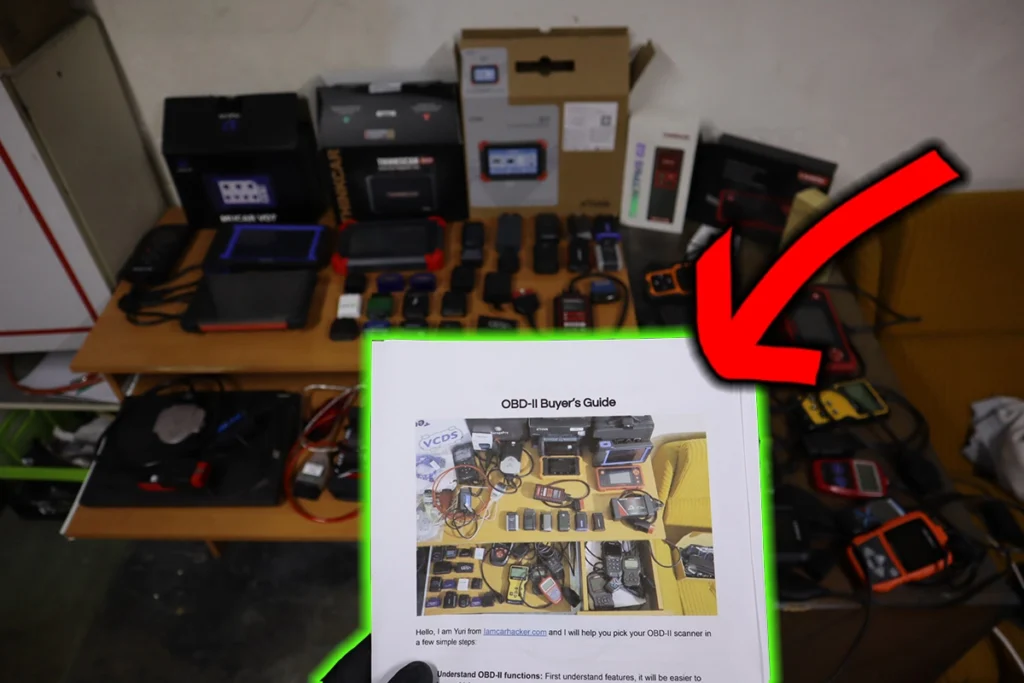The P2586: Turbocharger Boost Control Position Sensor ‘B’ Circuit code indicates a problem with the circuit related to the turbocharger boost control position sensor ‘B’. This sensor is crucial for accurately determining the position of the turbocharger actuator to regulate boost pressure effectively. The issue could stem from a faulty sensor, wiring problems, or connection faults.
P2586 – Quick Overview
| Code | Information |
|---|---|
| Meaning | P2586: Turbocharger Boost Control Position Sensor ‘B’ Circuit |
| Is it serious? | Yes, as a faulty boost control position sensor can result in incorrect turbo boost regulation, leading to performance issues, poor fuel economy, or even engine damage due to improper boost levels. |
| Possible causes | – Issues with the turbocharger boost control position sensor ‘B’ circuit – Faulty turbocharger boost control position sensor ‘B’ – Wiring or connector problems |
| How to diagnose? | – Inspect the turbocharger boost control position sensor ‘B’ circuit – Test the turbocharger boost control position sensor ‘B’ – Check wiring and connectors – Replace faulty components if needed |
P2586 Meaning
The P2586: Turbocharger Boost Control Position Sensor ‘B’ Circuit code is triggered when the Engine Control Module (ECM) detects a problem with the signal from the turbocharger boost control position sensor ‘B’. This sensor is used to determine the position of the turbo actuator and ensure appropriate boost pressure levels. Any fault in the circuit, sensor, or connectors can lead to improper turbo function, causing underboost or overboost conditions.
Step-by-step diagnostic guide
| Action | Description | Tools Needed |
|---|---|---|
| Check for Other Related Codes | Use an OBD-II scanner to determine if there are other codes related to turbocharger boost or pressure issues. These codes could provide additional insight into the exact nature of the problem. | OBD-II Scanner |
| Inspect the Turbocharger Boost Control Position Sensor ‘B’ | Locate the boost control position sensor ‘B’ and inspect it for any physical damage, such as cracks, corrosion, or disconnection. Ensure the sensor is properly mounted and that there are no obvious defects. | Flashlight, Safety Gloves |
| Test the Sensor with a Multimeter | Use a multimeter to test the voltage or resistance of the turbocharger boost control position sensor ‘B’. Compare the readings against manufacturer specifications to determine if the sensor is functioning correctly. | Multimeter |
| Monitor Sensor Data Using a Diagnostic Tool | Use a diagnostic scanner to view live data from the turbocharger boost control position sensor ‘B’. Verify that the sensor is sending accurate position signals corresponding to changes in turbocharger activity. | Diagnostic Tool |
| Check Wiring and Connectors | Visually inspect the wiring and connectors related to the sensor. Look for damaged insulation, frayed wires, corrosion, or loose connections that could be causing signal issues or intermittent connectivity. | Flashlight, Multimeter |
| Repair or Replace Faulty Wiring/Connectors | If wiring or connector damage is found, repair or replace them to restore proper connectivity. Ensure all connections are secure, free of corrosion, and insulated from possible wear points. | Basic Tools, Replacement Parts |
| Replace the Faulty Turbocharger Boost Control Position Sensor ‘B’ | If the sensor itself is found to be faulty, replace it. Make sure the new sensor is installed correctly to ensure reliable and accurate readings of the turbocharger’s position. | Replacement Turbocharger Boost Control Sensor |
| Clear the Code and Test Operation | After completing the necessary repairs, use an OBD-II scanner to clear the fault code. Start the engine and test the vehicle to confirm that boost control functions properly without any codes reappearing. | OBD-II Scanner, Vehicle Owner’s Manual |
| Recheck for Codes | Re-scan the vehicle with the OBD-II scanner to verify that the P2586 code has been resolved. If the code persists, further diagnostics may be needed to identify any additional issues affecting the system. | OBD-II Scanner |
Free PDF: How to choose OBD2 scanner

I’ve made you a free PDF to choose the OBD2 scanner in 5 minutes.
✅ Which OBD2 scanner is best?
✅ Which type should you get (DIY, Pro, Hobby)
✅ What is the best scanner for the exact brand/feature (e.g best for BMW)
✅ How to get a Bi-Directional tool for as cheap as $40
✅ Discount coupons for scanners
PDF is 100% free and it is designed to help you pick a scanner in less than a few minutes! Not a boring 50-page guide.
Just tell me where to send it.

Hi, I am Juraj “Yuri” Lukacko. I got frustrated by unhelpful and scammy mechanics, so I decided to learn everything about car diagnostics myself. I test dozens of new car diagnostic tools every month along with learning new strategies to fix and customize cars. About Juraj Lukacko (Yuri)